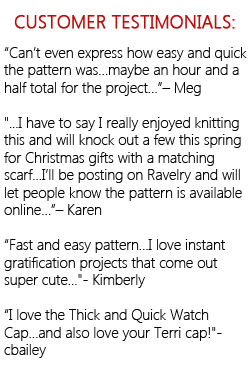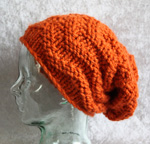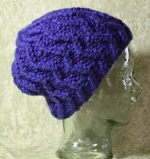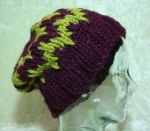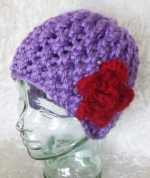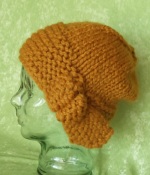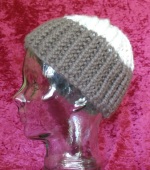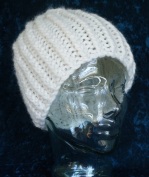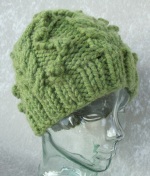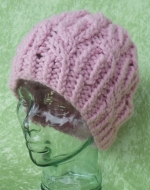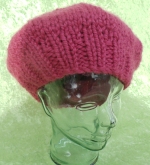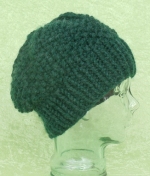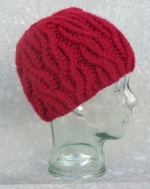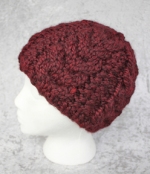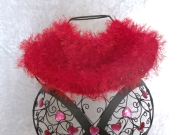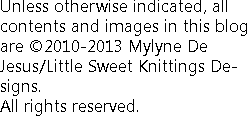
The vicuña (Vicugna vicugna) or vicugna is one of two wild South American camelids, and is a relative of the llama and alpaca. They are native to Peru, northwest Argentina, Bolivia and north Chile, and in central Ecuador. Vicuñas live in the high alpine areas of the Andes at an altitude of 10,500 to 15,700 ft (3,200 to 4,800 m).
The vicuña wool is popular due to its warmth, owing to the hollow fibers which have tiny interlocking scales that trap insulated air. It is finer than any other wool in the world, measuring 12.8 micrometers in diameter, compared to merino wool at 16-18 microns. Vicuña wool is also the finest fiber capable of being spun and about eight times finer than human hair. It looks like very fine wool but feels like a luxurious blend of mohair and silk. It is sensitive to chemical treatment, so it is usually left in its natural color.
Vicuña wool has been prized since the time of the Incas who named it “the fabric of the gods” and was reserved for the exclusive use by members of the royal family. The rulers only wore clothing made from the wool of the vicuña, and they only wore the clothing item once. As the Incas were forbidden to kill vicuña, they captured them alive through previously laid funnel traps leading to stone corrals and then releasing them after being sheared. This traditional communal effort of wool gathering is called chaccu (meaning “round up” in Quechua). Today vicuña wool is harvested the way the Incas did. The trapped animal is checked over and sheared, with just 7 oz ( 200 g) being taken from each. This process is repeated every three to five years.
With the coming of the Spanish conquistadors who took over the Inca territory and referred to the fiber as “the silk of the New World, the vicuña was hunted for both its wool and its meat. As a result its numbers dropped over the centuries from more than a million at the time of the Incas, to an estimated 5,000 by the mid 1960s when controls on the trade in vicuña wool were first introduced.
In 1976, the United Nations agency which monitors trade in endangered animals and plants, categorized the vicuña as a species in which any kind of trade was forbidden. Since that time the remarkable conservation efforts of the four South American nations has seen vicuña numbers stabilize and then grow substantially, with Peru alone now having a population of over 160,000.
The international trade in vicuña fabric sourced from living animals is again allowed, but the vicuña’s relatively low numbers, their unsuitability for domestication, their low yield of wool each year and the remarkable material’s unique combination of softness, lightness, and warmth ensures that vicuña remains the world’s most expensive fabric. To produce one overcoat in vicuña the fleece of 25 to 30 animals are needed. As of June 2007, prices for vicuña yarns and fabrics can range from $1,800 to $3,000 per yard. A scarf costs around $1500 while a man’s coat can cost up to $20,000.
